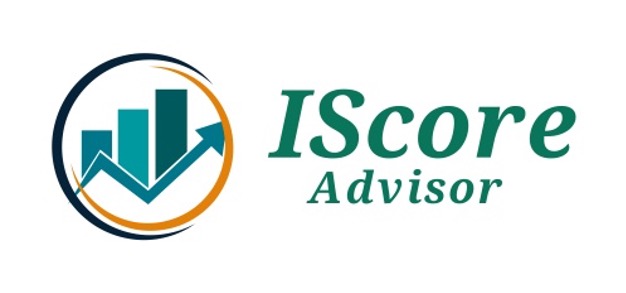The rating methodology calculates Investment Score or IScore for each ETF and Mutual Fund based on the risk adjusted, expected return premium of the fund for next 12 months. It can be expressed by the following formula:
IScore = Rating Scheme of Risk Adjusted Return Premium
= (Return_Expected – Rate_RiskFree) / IVol
Where:
- IScore is a value from 0 to 10. 0 indicates the worst fund for investment and 10 indicates the best fund for investment.
- Return_Expected is the 12 months expected return of a fund.
- Rate_RiskFree is the risk free rate such as one-year CD rate of one-year treasury rate.
- IVol is the investment volatility of the fund described below.
12 months is the period that the model focuses. It is a conventional period when an analyst rates a stock, when a corporate reports or plans its financials. We also believe that it is a proper period to be considered when investors invest or rebalance their portfolio. Government (Federal Reserve Bank) or Wall St researchers also forecast the economic factors for next 12 months, such as GDP growth rates, unemployment rates, interest rates, housing prices etc. For our potential retirement fund investors too short period is hard to control. You will have to behave like a day trader to immediately capture any economic news. Too long period like multiple years is not dynamic enough to response to any market trends or opportunities such as the booming in technology, housing market, commodity and emerging markets.
12 months forward looking does not mean do-nothing for 12 months. Actually the IScore for each fund is updated monthly. We also recommend QUARTERLY review and rebalance the portfolio based on the updated IScore. Please see the manual in How to use IScore.
Expected Return:
Expected Return of a fund is derived based on the following information.
1. Structure of Fund
- Expense or management fee: expense of a fund is important to fund’s performance. The lower the fee is the better to fund performance. Traditional mutual funds may have 1~3% management fee. Index funds have much lower fees these days from a half percentage to as low as 3~5 bps. ETF have lower fee (less than 1%) generally even the actively managed funds comparing with mutual funds. Passive ETFs (tracking an index) may charge half percent even may charge as low as 5 bps.
- Liquidity: if an ETF is too small a large trade may move the price. If a fund trading volume or fund size is too small the fee income for the issuer may not be enough to cover the expense and the fund may eventually have to be closed. If the size or daily trading volume is above a limit there will be no liquidity impact on rating. If the size or daily trading volume is below a limit it will significantly impact the rating of a fund.
- Load Fee: Load fee applies for mutual fund only. It is a show stopper if there is a load fee. Traditionally some mutual funds charge several percentage load fee either in front or at the end to keep the investment stay with the fund longer. Most funds do not charge load fee, but some still charge these days.
- Tracking Error: it is not used in the rating model currently. The tracking error for index fund and ETF just means the error to follow the index but the tracking error does not always have negative or positive impact on fund performance.
2. Performance
- Historical Performance: when a rating company rates a fund or a financial advisor select a fund solely based on the historical performance they usually have to claim that the future performance does not have to repeat past performance. In IScore model the past performance in different periods (1 week, 1 month, 3 months, 1 year, 3 years, 5 years) are reference or inputs to model. The forecasted performance may or may not repeat the past performance depends on the circumstance of other economic conditions. The two typical extreme conditions are bubble time and right after markets crash. IScore model overwrites the historical performance by other model components when forecast.
- Performance Ranking in Peer Group: This applies for mutual funds only. For the same strategy funds some funds outperform over others due to their outstanding fund managers. The higher ranking fund will have positive impact on their IScore.
- Sector Rotation: it is commonly believed that the economy and market have business circles that experience bottom, bull, peak, and bear times. The rating model considers this fact and build into the rating of a fund.
- Mean Reversion: the stock market often over-bought or over-sold. If it is over-bought the price will drop back to a normal level when the factors that drove the price calm down, vice versa. At the overall market level there is a normal return in long term. If the market retuned too high in some years there will be a correction follow up, vice versa.
3. Forecasted Economic Factor
- Economic factors and the correlation with a fund play an important role in fund’s future performance, for example the forecasted GDP growth, Housing Price Index, and S&P 500 index (SPY) and the correlation with a particular fund. There are over 100 factors for US and international countries forecasted by Federal Reserve Bank and Wall St Banks are organically blended based on correlation into the funds in the rating model. These are the key and important to fund performance and the model assign IScore accordingly.
Investment Volatility (IVol)
IVol only include the returns that below the expected return. The upside volatility is good for return and is not included in IVol calculation. This is where IScore is different from a general industry measure in investment return Sharpe ratio.
